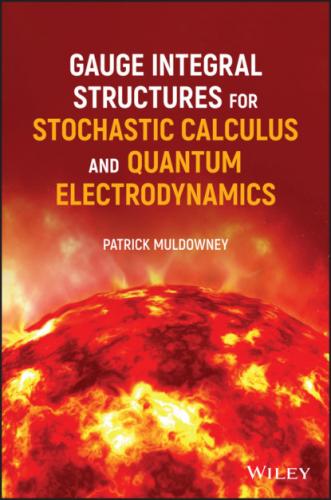rel="nofollow" href="#fb3_img_img_b22e9934-9ef0-5c57-8bf7-5010c5f45536.png" alt="normal upper Omega equals StartSet negative 5 comma negative 4 comma negative 3 comma negative 2 comma negative 1 comma 0 comma 1 comma 2 comma 3 comma 4 comma 5 comma 10 EndSet"/>
whose elements are the different values which can be taken by the variable . For instance, , which is a member of the family of all subsets of .
Following through the logic of the classical theory, probability is defined on the family of measurable subsets of . A random variable is a real‐number‐valued, and ‐measurable, function
in this case, where the potential values are the numbers in the right‐most column of Table 2.4. The latter set is finite; and every finite subset, such as , is measurable. In fact, with sample space chosen in this way, is the identity function, since we have chosen so that its elements are the distinct values .
To find the probability of a set of ‐outcomes, such as , the classical theory requires that the corresponding set be found so that
gives the probability of outcomes as the corresponding probability in the sample space. Conveniently, in this case is chosen as simply the set of outcomes ; is the identity function; and
trivially. In effect, the random‐variable‐as‐measurable‐function approach of classical theory reduces to the “naive” or “realistic” method, in which the probabilities pertain to outcomes , and are not primarily inherited from some abstract measurable space .
Alternatively, let the sample space be and let be the class of Borel subsets of (so includes the singletons for each ). Define on by and
so is atomic. As before, with ,
Classical probability involves a quite heavy burden of sophisticated and complicated measure theory. There are good historical reasons for this, and it is unwise to gloss over it. In practice, however, the sample space , in which probability measure is specified, is often chosen—as above—in such a way that measure‐theoretic abstractions and complexities melt away, so that the “natural” or untutored approach, involving just outcomes and their probabilities, is applicable.
[MTRV] shows how to formulate an effective theory of probability
